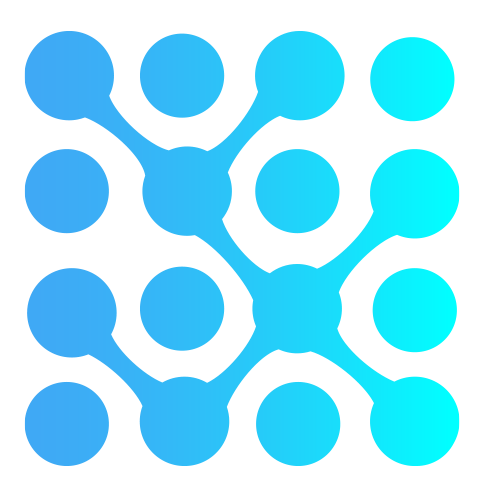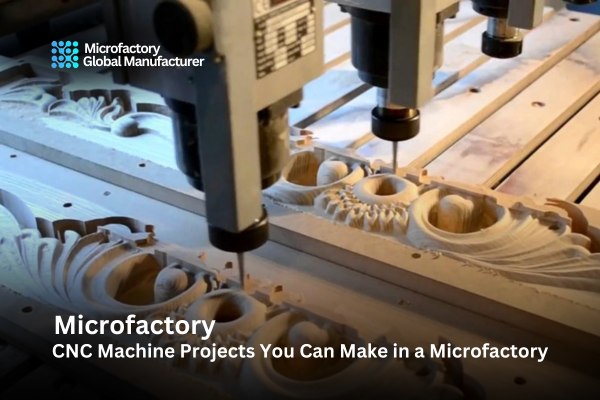CNC Machine Projects If you’ve ever dreamed of starting your own small-scale manufacturing business, welcome to the age of microfactory! Thanks to advanced technology like CNC machines, you can turn that dream into a reality. Whether you want to create cool gadgets, custom furniture, or unique household items, a microfactory can be your gateway to a profitable and fulfilling side hustle or full-time gig. In this article, we’ll explore the top CNC machine projects you can make right in your microfactory—ranging from small gadgets to full-blown furniture pieces. Let’s dive in!
Table of Contents
What is a Microfactory?
A microfactory is essentially a small-scale production facility, often set up in a garage, home office, or small rented space, where products are manufactured using highly efficient, automated tools like CNC Machine Projects, 3D printers, and laser cutters. Unlike traditional factories, microfactory require much less space and investment, yet they can still produce high-quality items in smaller batches. Sounds pretty awesome, right?
The Rise of Microfactory
The microfactory concept has taken off in recent years due to the increased availability of digital fabrication tools. People are moving away from mass production and embracing the idea of making custom, personalized products that stand out in today’s marketplace. With a microfactory, you have the agility to create products quickly, tweak designs on the fly, and respond to customer demand in real-time. Plus, you don’t need a ton of space—just enough room for your machines and a bit of elbow room for yourself.
Why CNC Machines Are Perfect for Microfactory
CNC machines are incredibly versatile, making them the backbone of any microfactory. They can cut, carve, and shape materials like wood, plastic, and metal with mind-blowing precision. What’s more, CNC Machine Projects can be programmed to create the same product over and over, ensuring consistency in every piece. Whether you’re making tech gadgets, home décor, or furniture, CNC machines are a game-changer.
Essential Tools for Your Microfactory
Before we jump into the projects, let’s talk about the tools you’ll need. While CNC Machine Projects are central to most microfactory, a few other tools can expand your capabilities.
CNC Router
A CNC router is your best friend when it comes to cutting materials like wood, plastic, and even soft metals. Whether you’re engraving intricate designs or cutting out large pieces for furniture, the CNC router is the workhorse of any microfactory.
3D Printer
While CNC Machine Projects remove material, 3D printers build objects layer by layer. They’re perfect for creating prototypes, custom gadgets, and even components that you can later combine with CNC-carved pieces. The versatility of a 3D printer can add a new dimension to your production line.
Laser Cutter
If precision is what you’re after, a laser cutter is the tool for you. Ideal for engraving, cutting through thinner materials, or adding detailed touches to your designs, laser cutters are fast and accurate, complementing your CNC setup beautifully.
Best CNC Machine Projects for a Microfactory
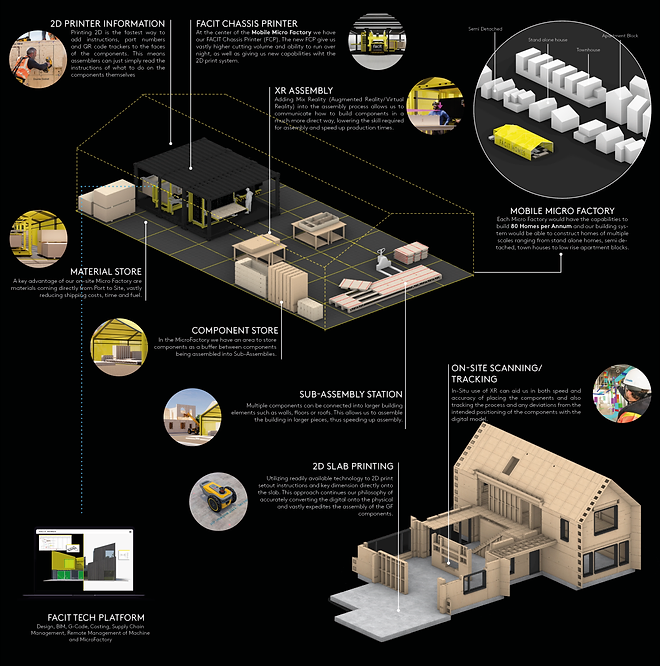
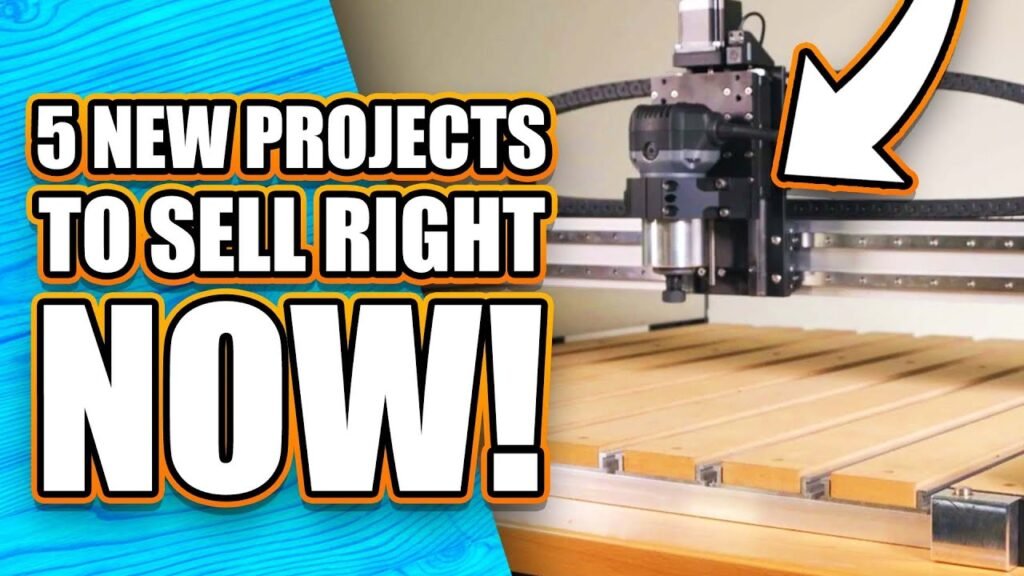
Now let’s get to the fun part—projects! Here are some of the top CNC machine projects that can be easily made in a microfactory. Whether you’re into gadgets, household items, or furniture, there’s something here for you.
Gadgets You Can Create
CNC machines are fantastic for making sleek and functional tech gadgets. Not only are these items practical, but they also appeal to a tech-savvy audience that loves custom, one-of-a-kind pieces.
Phone Stands
A phone stand may seem simple, but it’s one of the most useful accessories you can create. Whether you opt for minimalist wood designs or more intricate shapes, a custom phone stand makes a great everyday item people will want to buy. You can also personalize these with names or logos, adding that extra appeal.
Customized Keychains
Keychains are small, lightweight, and easy to make in bulk—perfect for starting out in your microfactory. You can experiment with different materials, shapes, and designs. Better yet, create custom keychains for local businesses or events to diversify your offerings.
Laptop Stands
With remote work booming, laptop stands are more popular than ever. A CNC Machine Projects allows you to craft ergonomic, stylish laptop stands from wood or metal. Whether you create minimalist designs or stands with added storage, the potential is huge.
Household Items You Can Make
Your CNC machine is also perfect for crafting beautiful, functional household items. These can be sold as one-off pieces or in sets, making them great for customers looking to spruce up their home décor.
Wooden Clocks
Timepieces are a timeless (pun intended) project. With a CNC machine, you can create intricate wooden clocks, experimenting with geometric designs, nature-inspired motifs, or modern minimalist styles. People love unique, handcrafted clocks that become a statement piece in their homes.
Coasters and Trays
Coasters and trays may seem basic, but they’re essential items in every household. Create sleek, modern designs or dive into more ornate, engraved patterns. CNC Machine Projects coasters and trays are the perfect balance between functionality and aesthetic appeal.
Furniture Projects
For those ready to tackle bigger projects, furniture is where the real money is. CNC Machine Projects make it possible to craft custom furniture that’s both stylish and functional, appealing to customers who want something unique.
Coffee Tables
Coffee tables are the centerpiece of any living room, and CNC Machine Projects can help you create pieces that really stand out. Whether you’re working with wood or metal, the possibilities for customization are endless—experiment with different shapes, legs, and finishes to create truly unique designs.
Shelving Units
Storage meets style when it comes to shelving units. CNC Machine Projects allow you to cut precise, geometric shapes or even engrave patterns onto the shelves. Shelving units are highly functional and perfect for those looking to maximize space in their homes while maintaining an eye-catching design.
Benefits of Using CNC Machines for Microfactory
CNC Machine Projects offer several benefits for microfactory owners. Not only do they allow for highly accurate production, but they also significantly reduce waste by only using the material necessary for each project. Plus, they allow for easy scalability. Whether you’re making 10 or 100 pieces, your CNC machine can handle it with ease, ensuring consistency across the board.
Getting Started with CNC Projects
Feeling inspired? Here’s how you can get started on your CNC machine projects.
Choosing the Right Materials
Your choice of materials depends on the type of product you’re making. Wood is perfect for furniture and household items, while metal and plastic can be better suited for gadgets. The versatility of CNC machines allows you to work with a variety of materials, so don’t be afraid to experiment.
Programming Your CNC Machine
Programming your CNC Machine Projects can seem a bit intimidating at first, but with software like Fusion 360 or VCarve Pro, the learning curve is manageable. The key is to start simple. You can download free designs or templates to get a feel for the process, then start customizing them to make your own unique creations.
Tips for Scaling Your Microfactory
As your microfactory grows, so will the demand for your products. Here are a couple of ways to scale your operation effectively.
Marketing Your CNC Creations
Whether you’re selling gadgets or furniture, marketing is key to getting your products out there. Consider setting up an online store, utilizing social media platforms like Instagram to showcase your work, or even attending local craft fairs or maker markets. The more people see your work, the more likely they are to buy.
Expanding Product Offerings
Once you’ve mastered a few projects, think about expanding your product line. Maybe your phone stands are a hit—why not offer matching tablet stands or monitor risers? Or if your wooden clocks are flying off the shelves, consider offering custom engravings or different wood finishes. The more variety you offer, the more customers you’ll attract.
Programming Your CNC Machine: A Comprehensive Guide for Beginners
CNC Machine Projects (Computer Numerical Control) have changed the game for manufacturers, makers, and DIY enthusiasts. They allow you to create precise, complex designs with a level of consistency that’s hard to achieve by hand. However, to unlock the full potential of your CNC Machine Projects, you’ll need to understand how to program it effectively.
If you’re new to CNC programming, don’t worry! This guide will walk you through the essentials, from understanding G-code to using design software, so you can start creating amazing projects with your machine.
What is CNC Programming?
At its core, CNC programming is the process of instructing your machine on how to move, cut, and shape a material. The instructions are provided through a language known as G-code, which tells the machine what actions to take—whether it’s cutting in a straight line, drilling a hole, or moving to a specific point on the material.
In short, CNC programming is like the blueprint for your machine’s movements. While it might sound technical, modern software makes it much more accessible to beginners.
G-Code: The Language of CNC Machines
The majority of CNC Machine Projects operate using G-code, a numerical control programming language that communicates with the machine’s motors and tools. Think of G-code as the instructions for a GPS—except instead of guiding you to a destination, it’s guiding the machine’s cutting head or tool across the material.
Here are some common G-code commands to know:
- G00: Rapid move to a position
- G01: Linear cut at a controlled speed
- G02: Clockwise arc cut
- G03: Counterclockwise arc cut
- G20/G21: Switch between inches and millimeters
While you don’t need to write G-code manually (thanks to design software), it helps to have a basic understanding so you can troubleshoot issues or make minor adjustments.
Design Software for CNC Programming
Luckily, you don’t need to be a coding expert to program your CNC Machine Projects. Modern software programs allow you to design parts visually, generate toolpaths, and output G-code automatically. Here are a few popular options:
1. Fusion 360
Fusion 360 is an all-in-one CAD (Computer-Aided Design) and CAM (Computer-Aided Manufacturing) software. It’s great for beginners because it offers both design and machining tools in one platform. You can create 3D models, simulate your machining process, and export G-code all from within Fusion 360.
Some of the features include:
- Parametric modeling
- Integrated CAM for toolpath generation
- Simulation of the CNC operation to avoid errors
- Free for hobbyists and students
2. VCarve Pro
VCarve Pro is another popular option, particularly for CNC Machine Projects like sign-making or furniture. It excels in 2D design and machining and is known for its user-friendly interface, making it a favorite among beginners.
Key features:
- 2D and 2.5D toolpath generation
- Text and vector drawing tools
- Support for importing 3D models
- Nesting and layout options for efficient material use
3. Carbide Create
Carbide Create is a great choice for beginners who want to dip their toes into CNC programming without a steep learning curve. It’s easy to use and designed specifically for 2D and 2.5D machining. It’s also free, which makes it perfect if you’re just getting started with CNC routing.
Features include:
- Simple, drag-and-drop design tools
- Pre-built shapes and text options
- Easy-to-use toolpath creation
Steps to Program Your CNC Machine

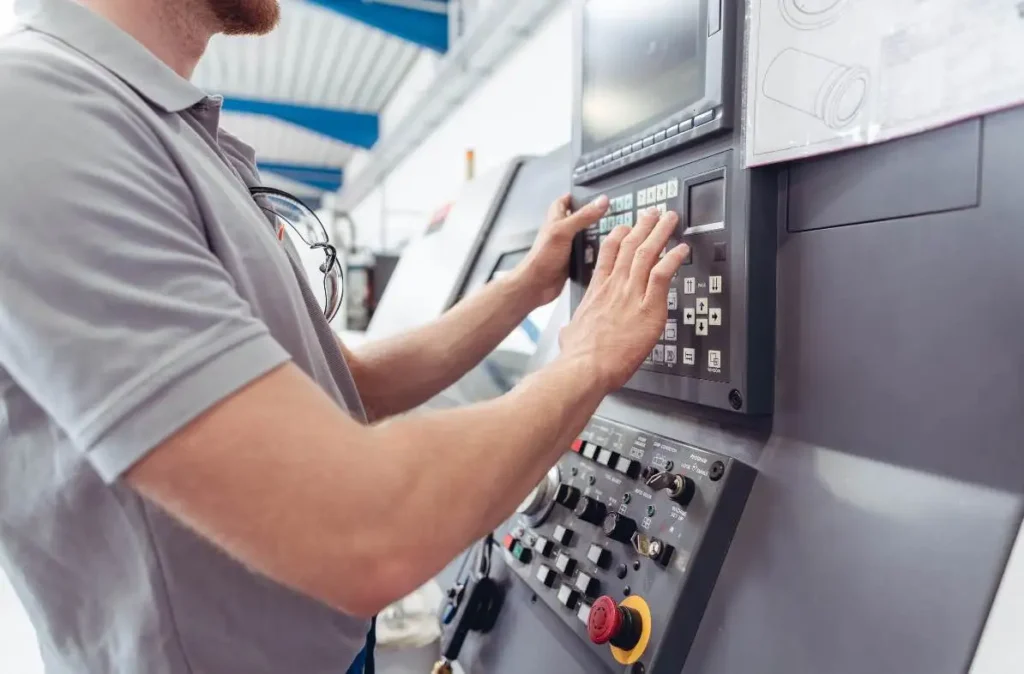
Let’s walk through the typical workflow of programming your CNC machine:
1. Design Your Part in CAD Software
The first step in CNC programming is designing your part. Using CAD software like Fusion 360 or VCarve Pro, you’ll create a 2D or 3D model of the object you want to cut or engrave.
If you’re new to CAD, start with simple shapes—think squares, circles, or basic text. These are easy to program and will help you understand how your machine reacts to different toolpaths.
2. Select the Right Tools
Once your design is ready, it’s time to select the appropriate cutting tools. This decision depends on the material you’re working with and the level of detail you want to achieve. Common tools include:
- End mills: For general cutting and shaping
- V-bits: Great for engraving or cutting fine details
- Ball-nose mills: Best for 3D carving and creating smooth contours
Each tool has a specific cutting diameter, which impacts how it interacts with the material. Choosing the right tool is crucial for both accuracy and efficiency.
3. Generate Toolpaths in CAM Software
With your design and tools selected, the next step is to generate the toolpath, which is the route your cutting tool will follow. This is where CAM software comes in.
Toolpaths can be simple or complex depending on the project. Basic options include:
- Profile cuts: The tool follows a path around the outside or inside of your shape.
- Pocket cuts: The tool removes material from within a boundary, often used to create recessed areas.
- V-carving: The tool moves along vectors while plunging deeper into the material, ideal for intricate designs.
Once you’ve defined the toolpath, the software will automatically generate the necessary G-code to control your CNC Machine Projects.
4. Simulate the Machining Process
Before you start cutting, it’s a good idea to simulate the machining process. Many CAM programs, like Fusion 360, offer simulation features that allow you to watch a virtual version of your CNC Machine Projects in action. This helps you spot potential issues, such as incorrect toolpaths or collisions.
Simulating the process can save you from costly mistakes—especially when working with expensive materials or large projects.
5. Export G-Code and Load it to Your CNC Machine
After you’ve finalized your design and toolpaths, export the G-code from your CAM software. This G-code file contains all the instructions your CNC Machine Projects needs to complete the project.
Load the G-code file onto your CNC Machine Projects controller software (such as GRBL, Mach3, or UGS), and you’re ready to start cutting!
6. Set Up Your Material and Machine
Before running your program, securely clamp your material to the CNC bed. Make sure it’s perfectly level to avoid inconsistencies in the cut.
Next, you’ll need to “zero” your machine, which means setting the starting point for the cutting tool. This involves manually moving the tool to the correct position (usually the bottom left corner of your material) and setting it as the origin.
Once everything is set up, it’s time to press “Start” and watch the magic happen!
Common Mistakes to Avoid When Programming Your CNC Machine
Even the best programmers make mistakes. Here are a few common errors to watch out for when programming your CNC Machine Projects.
1. Incorrect Tool Selection
Using the wrong tool for the job can lead to poor results or even damage your material. Make sure to choose the right tool based on the material, desired finish, and cut depth.
2. Incorrect Feed Rate and Speed
The feed rate (how fast the tool moves) and spindle speed (how fast the tool spins) are critical factors in CNC programming. A feed rate that’s too fast can cause the tool to break or the material to tear, while a slow feed rate can result in burned or melted material.
3. Forgetting to Simulate the Job
Skipping the simulation step can lead to costly mistakes. Always take the time to run a virtual simulation of the job before cutting, especially for more complex designs.
4. Not Zeroing the Machine Properly
If your CNC Machine Projects isn’t zeroed correctly, the entire cut could be misaligned. Double-check that your tool is set to the correct starting position before beginning the cut.
Tips for CNC Programming Success
Here are some additional tips to help you program your CNC Machine Projects like a pro:
- Start Small: If you’re new to CNC programming, begin with simple projects and gradually work your way up to more complex designs.
- Practice with Free Designs: Many CNC communities offer free design files. Use these to practice and get comfortable with your machine.
- Join CNC Forums: There’s a wealth of knowledge in online CNC forums. If you run into trouble, these communities can help you troubleshoot and improve your skills.
- Stay Organized: Keep a log of your projects, settings, and materials. This will help you replicate successful projects and avoid repeating mistakes.
Conclusion
Starting a microfactory with a CNC Machine Projects opens up a world of creative possibilities. From making personalized gadgets to crafting custom furniture, the range of products you can produce is staggering. Not only is this a great way to flex your creative muscles, but it also provides a solid business opportunity with minimal investment. So if you’ve got the tools and the drive, what are you waiting for? Start building, experimenting, and turning your CNC creations into a profitable venture today.
FAQs
Q1: What’s the best CNC machine for beginners?
For beginners, a desktop CNC router like the Shapeok or X-Carve is a great choice. They’re user-friendly, affordable, and capable of handling small to medium projects.
Q2: Can I use a CNC machine to work with metal?
Yes, many CNC machines can work with soft metals like aluminum. However, you may need a more robust machine if you plan to work with harder metals.
Q3: How long does it take to learn CNC programming?
With the right software and some practice, you can learn the basics of CNC programming in a few weeks. Mastery, of course, takes time, but starting simple will help you ease into the process.
Q4: Can I make money with a microfactory?
Absolutely! With the right products, effective marketing, and a focus on quality, a microfactory can turn into a profitable business.
Q5: Do I need a lot of space for a microfactory?
Not at all. One of the perks of a microfactory is its small footprint. A garage or home workshop is typically more than enough space to get started.
